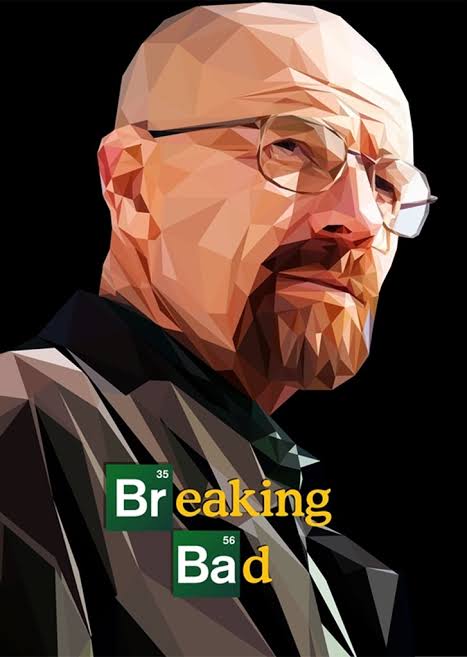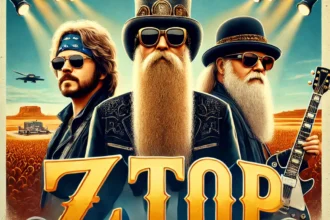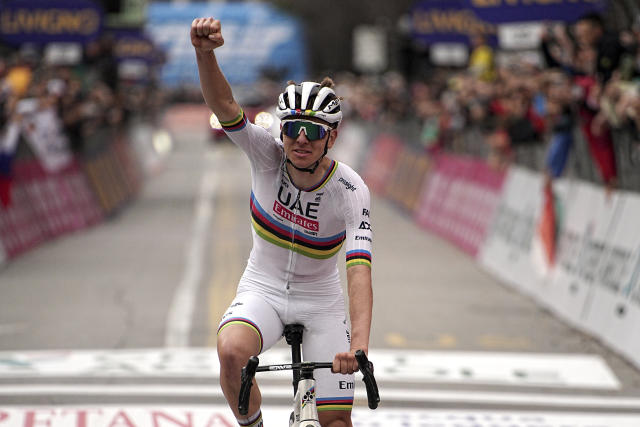*The Brutal Reality of Breaking Bad: Unpacking the Controversy Surrounding Violence and Graphic Content*
Breaking Bad’s unflinching portrayal of violence and gore sparked intense debate, pushing the boundaries of television censorship. The show’s creator, Vince Gilligan, deliberately employed graphic content to convey the harsh realities of the methamphetamine trade. However, this artistic choice divided audiences and critics, raising essential questions about the role of violence in entertainment.
*The Case for Realism*
Proponents of the show argued that the graphic content was necessary to accurately depict the consequences of Walter White’s actions. By showcasing the brutal nature of the meth trade, Breaking Bad humanized the victims and underscored the devastating impact on families and communities.
Gilligan explained in an interview, “We wanted to make sure that our show didn’t glorify violence or make it seem appealing. We wanted to show the consequences of violence.”
*The Critique of Excess*
Detractors countered that the show’s violence was gratuitous and exploitative, serving only to shock and titillate. Some argued that certain scenes, such as the infamous “Boxcutter” episode, crossed a moral threshold.
Critics like Emily Nussbaum of The New Yorker contended, “Breaking Bad’s violence is often fetishized, transformed into a spectacle that’s both repellent and mesmerizing.”
*TV Censorship and the Ratings System*
Breaking Bad’s graphic content sparked discussions about TV censorship and the efficacy of the ratings system. The show’s MA rating (mature audiences only) was often criticized for being insufficient.
The Parents Television Council (PTC) argued, “Breaking Bad’s explicit content warrants stricter regulations to protect vulnerable audiences.”
*The Impact on Audiences*
Research suggested that exposure to graphic violence can desensitize viewers, particularly children and young adults. However, other studies indicated that Breaking Bad’s thoughtful portrayal of consequences could actually reduce empathy for perpetrators.
Dr. Steven Kirsh, a psychologist studying media violence, noted, “Breaking Bad’s nuanced approach can foster critical thinking about the consequences of violence.”
*Artistic Freedom and Responsibility*
The debate surrounding Breaking Bad’s violence raises essential questions about artistic freedom and responsibility. Creators must balance the need for realistic storytelling with sensitivity to audience concerns.
Gilligan acknowledged, “We had to walk a fine line between being honest about the subject matter and not exploiting it for shock value.”
*Conclusion*
Breaking Bad’s graphic content sparked a necessary conversation about violence in entertainment. While opinions on the show’s portrayal vary, its impact on popular culture is undeniable.
As television continues to evolve, creators must grapple with the complexities of depicting violence and its consequences. By doing so, they can foster critical thinking, empathy, and a deeper understanding of the human experience.
*Sources:*
1. Vince Gilligan, Interview with The New York Times (2013)
2. Emily Nussbaum, The New Yorker (2013)
3. Parents Television Council (PTC) Statement (2013)
4. Dr. Steven Kirsh, Journal of Media Psychology (2015)
*Additional Reading:*
1. “The Sopranos” and the Rise of TV Violence
2. The Impact of Media Violence on Children
3. The Evolution of TV Censorship: From I Love Lucy to Breaking Bad





